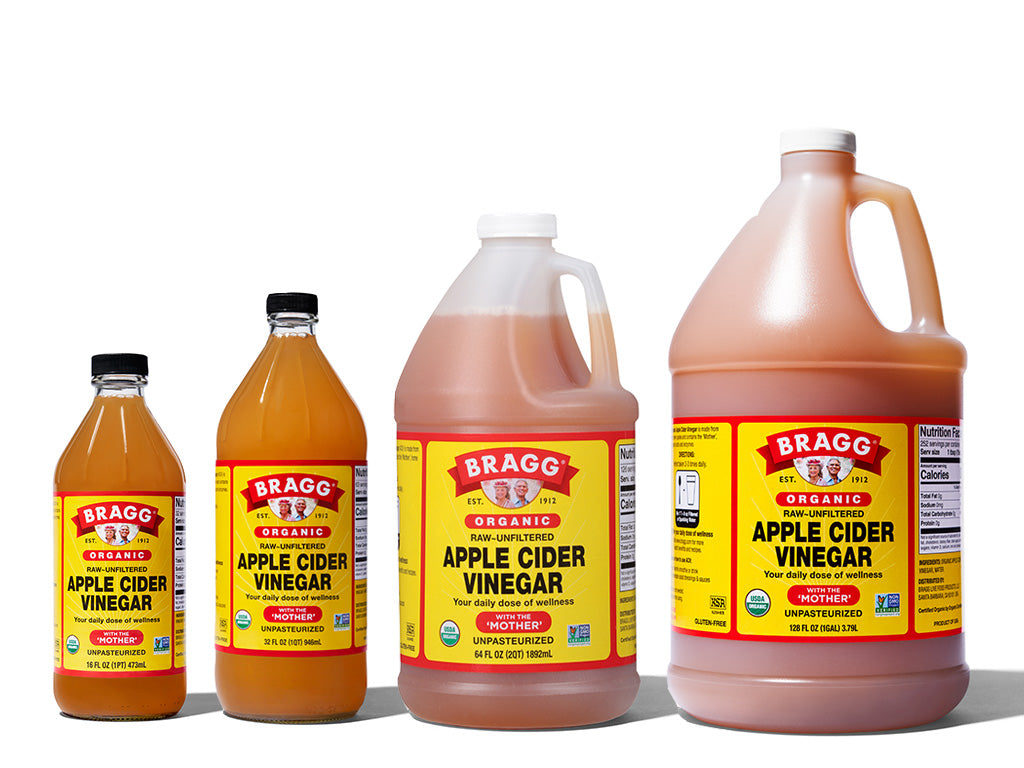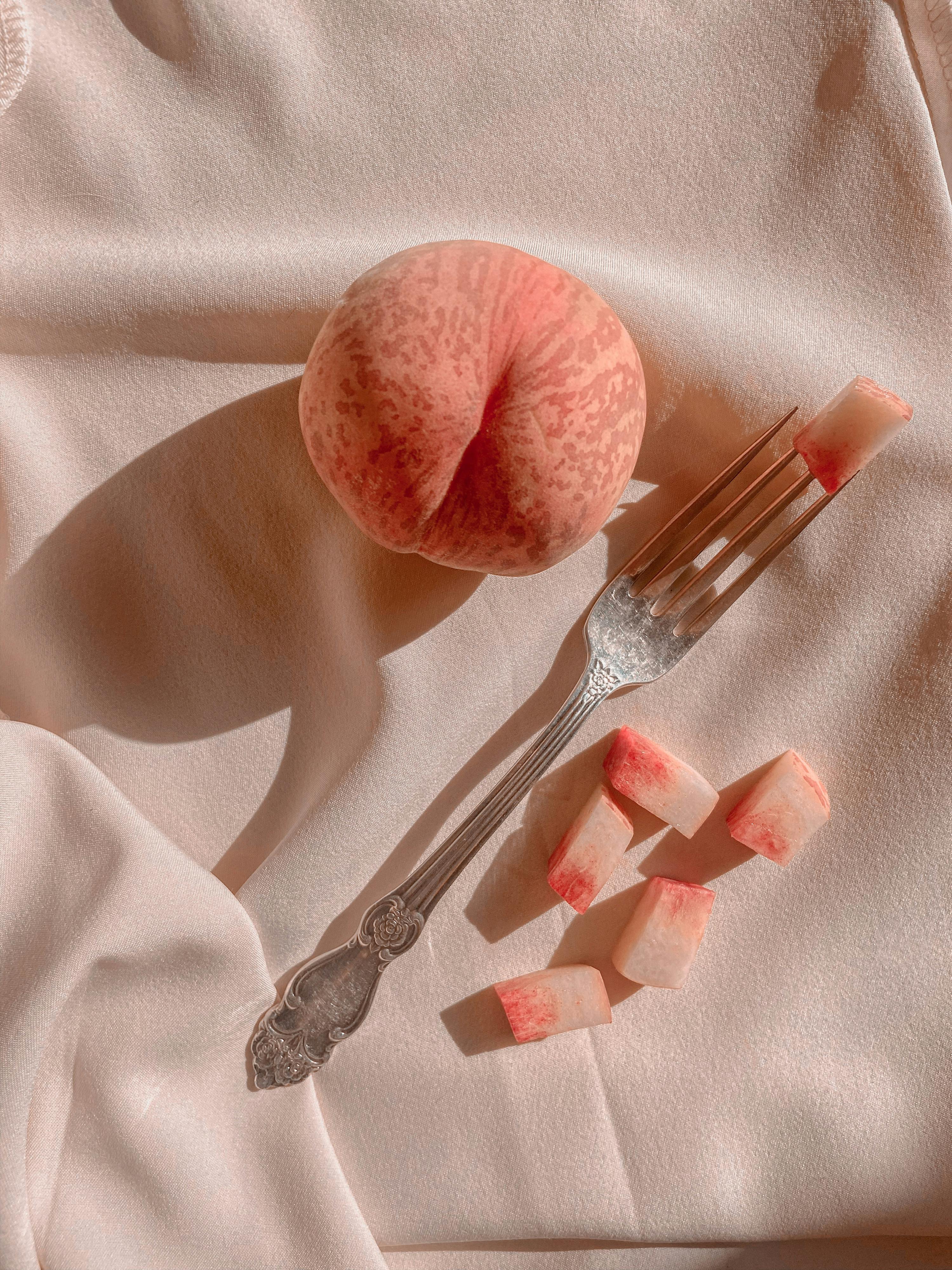Effective Methods for Handling Split Ends in 2025

Simple Ways to Fix Split Ends and Improve Your Hair Health in 2025
Splitting ends not only hinders the appearance of your hair but can also indicate damage that requires immediate attention. Understanding how to fix split ends effectively can lead to improved overall hair health. With the right treatments, techniques, and care, you can maintain your hair's vitality, beauty, and strength. This article provides an array of methods and insights into how to treat split ends, best practices for hair care, and valuable lifestyle changes for achieving luscious locks.
Understanding Split Ends
The first step in combating split ends is to comprehend their origin. Split ends occur when the protective outer layer of the hair is damaged, resulting in the hair shaft splitting. Factors such as environmental damage, excessive heat styling, and lack of moisture can exacerbate this condition. Knowing what causes these undesirable outcomes is crucial in developing split end prevention tips. Incorporating regular hair trimming, proper hydration, and the use of appropriate hair care products becomes vital for maintaining healthy ends.
Split Ends vs Damaged Hair
It's important to differentiate between split ends and overall hair damage. While split ends specifically refer to the frayed tips of the hair, damaged hair may have other issues like dryness, lack of shine, and brittleness. Understanding this difference helps in tailoring your treatment approach. For instance, using moisturizing hair masks and penetrating protein treatments for hair can address both needs effectively.
Signs of Damaged Hair
To properly maintain split ends, recognizing signs of hair damage is essential. Common indicators include frizz, dullness, excessive breakage, and tangling. Regular assessments of your hair, such as checking for minimizing hair breakage, can guide you in choosing appropriate split end repair products. This proactive strategy allows for early intervention, ensuring your mane stays vibrant and healthy.
Regular Hair Trimming Benefits
One of the most effective strategies in combating split ends is frequent trimming. The benefits of regular hair trimming include removing the damaged sections and preventing further splitting. Despite the common myth that trimming leads to slower growth, regular cuts actually promote healthier growth and improve the hair's overall shape and manageability.
Effective Treatments for Split Ends
When it comes to effective split end remedies, the market offers various products and techniques. From serums to deep conditioning masks, the choices can be overwhelming. One critical approach is selecting the right treatment based on hair type and condition. Nourishing oils, such as argan and coconut oil, are excellent for moisture retention and reconstruction, preventing split ends before they start.
Using Leave-In Conditioners
Incorporating leave-in conditioners into your hair care routine can help keep your strands hydrated and less prone to splitting. These products not only nourish your hair but also provide a protective barrier against environmental damage. Look for ingredients like shea butter and keratin, which are particularly effective in addressing how to fix split ends and greatly enhance overall hair health.
Moisturizing Hair Masks
Utilizing rich, nourishing masks is another way to rejuvenate your hair. DIY recipes for hair masks can be customized to fill specific needs, such as dealing with dry hair or enhancing shine. For instance, a mixture of honey and olive oil can work wonders to hydrate and soften hair, transitioning from hydration for hair health into long-lasting resilience against split ends.
Natural Oils for Hair Health
Natural oils play a significant role in preventing and repairing split ends. Hair oils not only provide hydration but also help seal the cuticle, reducing frizz and breakage. For example, argan oil for hair health is highly praised for its reparative properties, making it a go-to choice for those battling split ends. Incorporating essential oils for hair, such as tea tree or lavender, can also enhance scalp health and overall growth potential.
Adopting a Healthy Hair Care Routine
Creating an effective hair care routine is crucial in fighting against split ends. By consistently using proper techniques, you can ensure your hair remains healthy, shiny, and strong. Adopting a tailored routine based on your hair type and environmental factors will not only prevent split ends but also transform your tresses.
Understanding Hair Texture and Care
Each hair type requires a unique care approach. Understanding your hair texture allows you to choose products that synergize with your hair's natural tendencies. For example, those with curly hair may require more moisture and repairing hair after color treatment, whereas straight hair might need lighter products that prevent buildup. Tailoring your approach means you can maximize the benefits of effective hair care habits that minimize damage.
Scalp Care for Hair Growth
A healthy scalp is the foundation for strong hair. Implementing a routine that includes scalp massage can increase circulation, promoting hair growth and strength. Additionally, using products designed for scalp health helps keep it balanced and free of buildup, which can otherwise hinder your hair's ability to grow and thrive.
Home Remedies for Healthy Hair
Solid home remedies can often be the first line of defense against split ends. Simple recipes utilizing natural ingredients, such as avocados, bananas, and honey, can address various hair needs. Creative DIY hair masks enable you to cater to your specific deficiencies, advancing towards healthier hair vitality while keep your budget intact.
Maintaining Healthy Ends
Once you have taken steps to address or prevent split ends, maintaining healthy hair is the next essential phase. Consistency in your treatment approach and protective measures plays a significant role in the long-term health of your hair.
Heat Protection for Hair
In today’s world, heat styling is almost unavoidable. However, using heat protection for hair before styling can make a monumental difference. Look for heat protectant sprays enriched with nourishing ingredients that help shield your hair from the detrimental effects of heat styling tools.
Avoiding Chemical Damage
Avoiding chemical damage is critical in the quest for healthy, split-end-free hair. Be cautious with dyes and harsh treatments; consider the long-term effects they have on your hair integrity. Whenever possible, opt for organic or less damaging formulas and ensure that your hair is always well-hydrated prior to treatments.
Hydration for Hair Health
Hydration is crucial for maintaining hair health and preventing split ends. Ensuring you consume adequate water and include hydrating products in your hair care routine gives your hair the moisture it needs to flourish. Incorporating hydration-focused hair serums and masks aids in retaining moisture, enhancing density and shine while protecting against dryness.
Key Takeaways
- Regular trims are essential for removing split ends and promoting healthier hair growth.
- Utilize a mix of moisturizing and protein treatments for optimal hair health.
- Understand your hair type to tailor your treatments effectively.
- Incorporate protective measures against heat and environmental damage.
- Create a daily hair care routine that emphasizes hydration and nourishment.
FAQ
1. What are the best treatments for split ends?
Some of the best treatments for split ends include deep conditioning treatments, professional split ends treatment at salon, and the use of split end serums. Employing a moisturizing hair mask regularly helps to enhance the overall health of your hair, reducing the appearance of split ends significantly.
2. How often should I trim my hair to avoid split ends?
Generally, it's recommended to trim your hair every 6-8 weeks to avoid split ends. This timeframe allows you to remove damaged ends while promoting new growth, helping your hair appear healthier overall.
3. Can I repair split ends at home?
Yes, you can manage split ends by implementing various home remedies and best hair care practices. Using natural oils for hair health, creating nourishing DIY hair masks, and maintaining a proper hair care routine can significantly improve the condition of your split ends.
4. What role does hydration play in hair health?
Hydration is crucial for maintaining healthy hair. Proper moisture keeps the hair fibers elastic and less prone to splitting, ensuring that hair remains soft, shiny, and robust against damage. Using hydrating products is vital for effectively managing split ends.
5. What ingredients should I avoid in hair products?
Avoid products with harsh chemicals such as sulfates, parabens, and alcohol, as they can strip hair of its natural oils and moisture. Instead, choose gentler, more nourishing options for better hair health.
6. Is it possible to nourish damaged hair naturally?
Yes, many natural remedies can nourish damaged hair. Ingredients such as honey, coconut oil, and yogurt provide essential nutrients that restore moisture and strength to the hair, working effectively against how to nourish damaged hair.
7. What hair care products are best for split ends?
Some effective split end repair products to consider include high-quality serums, leave-in conditioners, and strengthening hair masks. Look for products containing natural oils, peptides, and proteins to help reinforce hair structure and prevent further damage.
Conclusion
Tending to split ends not only enhances the aesthetic of your hair but also ensures its long-term health. By understanding their causes and incorporating effective treatments, you can cultivate a routine that empowers your hair to look and feel its best. Invest time in your hair care routine for split ends, and you will be rewarded with beautiful, healthy hair.

